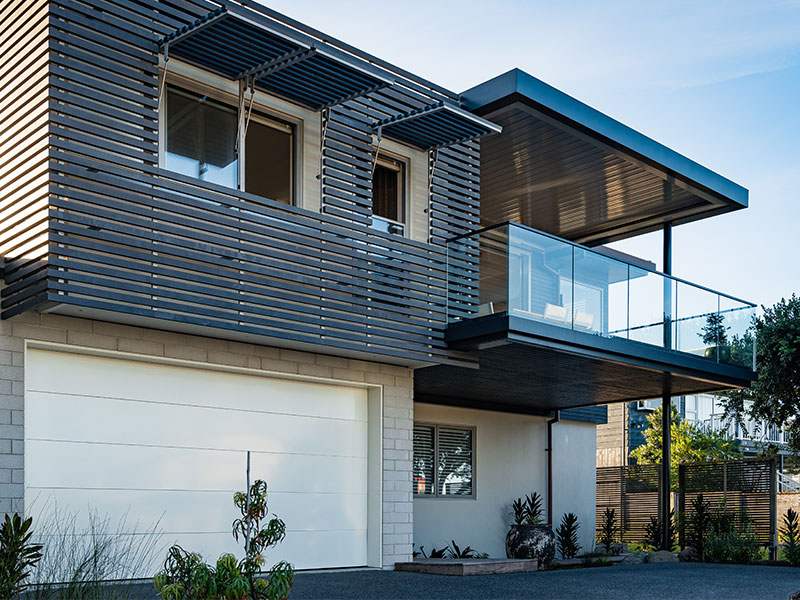Helping restore our beaches
There was a wonderful event at the start of June on Wharekaho Beach. The community turned out in good numbers to help replant the dune after the devastation caused by cyclone Gabrielle. Happy, cheerful people, not complaining about the damage, or the fact that we may lose some of the plants we were planting to the next storm, just good people keen to join together to do their bit to help protect our beach.
There was a positive vibe throughout the whole group, so different from the feelings and feedback we saw in the days and weeks just after the cyclone, when the wounds were raw and the damage was most obvious. It is clear that time does heal how people feel about these events and it is also time that heals our beaches.
If you walk along any beach now and think back to what those areas looked like in late February, the difference is amazing. Huge amounts of sand that were dragged away by the cyclone have been redeposited back on the beach. In some places we have helped Mother Nature, in other places the repair is happening on its own.
So what is going on here? Our beaches are a dynamic zone, that is where the action is, and beaches have been coming and going for thousands of years. Sand movement is a completely natural thing, and these storm events have happened before, and they will happen again. So as a community we should not be defined by what happens to our beaches, but by how we react to what happens.
To be able to react sensibly, it helps to understand the cycle of sand movement and the role that a healthy sand dune plays in protecting our beaches. The cycle could be three months, or ten years; equally it could be 150 years. But the sand comes and goes.
With time, sand moves onshore and along our beaches with wave and wind action. The sand is captured and builds up on dunes especially where the correct plants are present. Tall rolling dunes with a range of different plant species from front to back represent a healthy dune.
The most important plants are the ones on the front, right on the beach. These are the foredune plants, the Spinifex and Pingao. These plants thrive in shifting sands and they are best adapted to handle the harsh conditions of that dynamic zone. But it is important to know that these plants are not there to stop erosion. That is not their purpose, instead they are there to help the dune repair itself after the erosion event.
In a storm, the sand is dragged off the beach by violent wave action and deposited somewhere offshore. With time and changing wave action, the sand is gradually carried back to the shore. Sometimes it is carried right up the beach, and other times it may dry and then get blown into the dunes by the wind. The dunes with the best coverage of good plants are the ones that capture the most sand and rebuild most quickly.
As with so many things, resilience comes from being well prepared. That is why there are many dune care groups around the Peninsula, replanting and caring for our dunes. In many areas, there are not enough foredune plants and the dunes are full of weeds which out-compete the native species that we want. We need to continue to increase the amount of spinifex we have on our dunes to provide the resilience that we need to be able to withstand the storm events that we are likely to experience.
Making this more difficult is what we call Coastal Squeeze. This is where the sea, which is naturally advancing inland during the erosion phase of the cycle, starts to run up against infrastructure, houses, roads, parks and reserves built too close to the shore. The margins between the two get narrower and narrower, and there is no room left for a healthy dune system. The skinny piece of dune we are left with is unable to rebuild itself and becomes ineffective at protecting both the beach and the land from the more severe storms. Coastal Squeeze is prevalent on the Peninsula because so many of our settlements are built right on the beaches.
But like all of those good people in the dune care groups, we have to remain optimistic because we know that this is a cycle and while we are in an erosion phase at the moment, it will turn and the sand will return.
At the Wharekaho planting, I spoke to a long-time resident, whose family had been there for more than 60 years. She really summed it up when she said to me, “I’ve seen this all before, even worse. The sand gets taken away by the big storms, but it comes back again, and we just have to be resilient”.
Words by Kim Lawry






